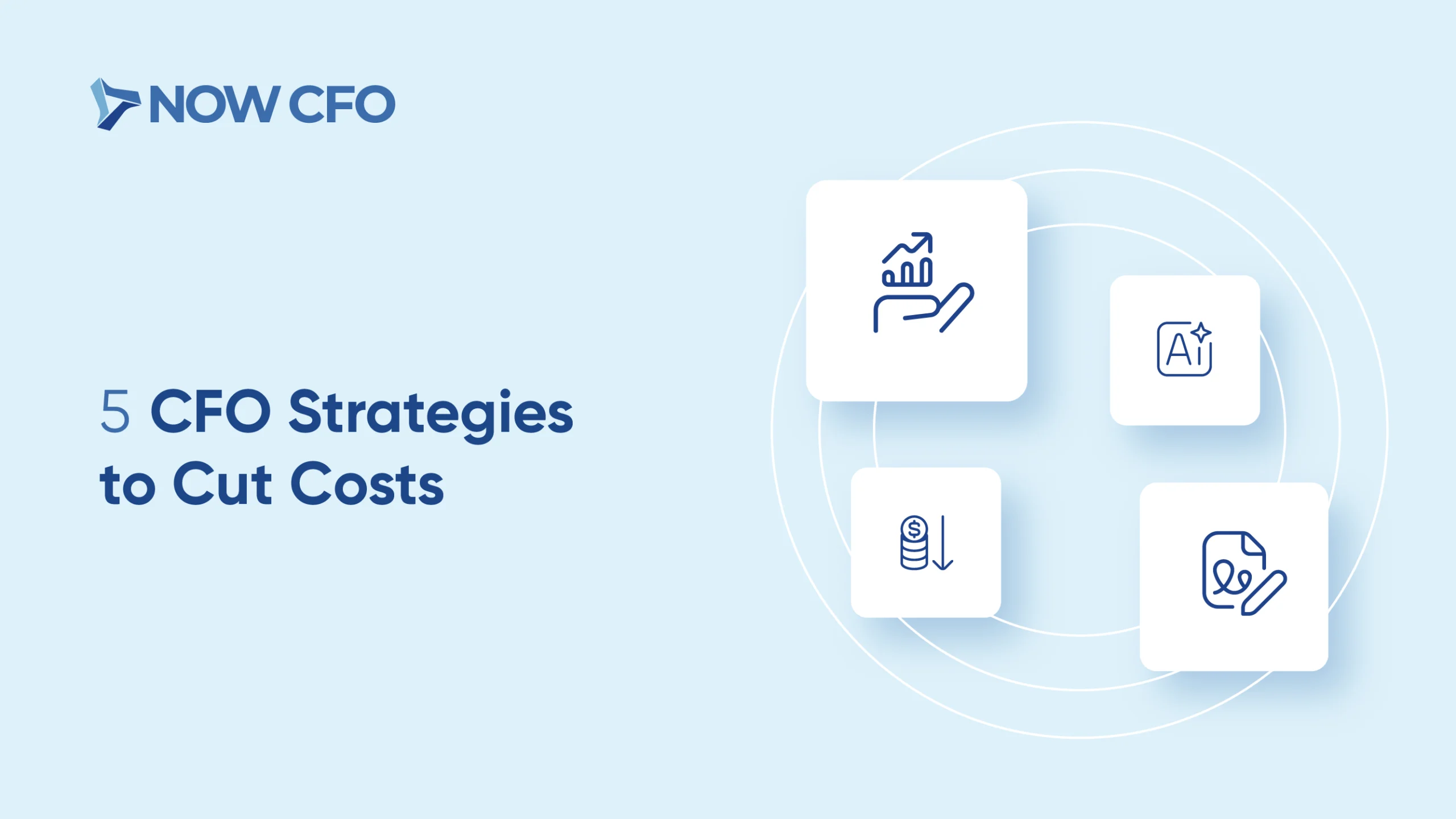
In every company, each employee has their own role to fill. These roles help the company operate smoothly. Learn the major financial roles in your company and understand what responsibilities they carry out to keep your accounting and finance departments running smoothly.
Executive Team: Chief Financial Officer
A company’s CFO is the highest ranking member of the accounting and finance roles. They serve as a member of the executive team. The CFO ensures that the goals of the Chief Executive Officer (CEO) and Chief Operating Officer (COO) are compatible with the company’s financial outlook. Most of the CFO’s responsibilities can be broken down into three basic categories: administration, planning and financial management.
Administration
If the company is publicly traded, the CFO is responsible for keeping the Board of Directors aware of the company’s financial status. This includes updating the Board of Directors’ audit committee, any shareholders and any applicable investors of the company’s progress.
Regardless of whether the company is public or private, the CFO also ensures that the company is compliant with any applicable government regulations. This includes reporting, implementing standard processes and more.
They also provide the rest of the executive team with clear and accessible financial reporting that enables smart decision making.
Planning
A CFO is tasked with focusing on the company’s future. This includes ensuring that the company’s finances can support the executive team’s goals, of course, but it also includes tracking those goals. The CFO monitors the company’s goals to ensure they are on target using a combination of financial strategies and data metrics.
Financial Management
Additionally, the CFO analyzes the company’s financial data to interpret the implications of that data on the financial future of the company. This includes things like the liquidity of the company, the return on investment and return on equity. Most of these reports need to be run and analyzed monthly, quarterly and annually to ensure the company’s goals and strategies are on the right track.
Management Level: Financial Controller
The financial controller serves as the head of the accounting and finance departments. They answer directly to the CFO and serve as the liaison between the accounting and finance department and the executive team. Financial controllers are responsible for overseeing the day-to-day operations in the accounting and finance department. Their responsibilities fall into four categories: management, reporting, transactions and compliance.
Management
In their role as the leader of the accounting and finance departments, the financial controller is responsible for setting the policies and procedures that keep the department running. This includes what software the department uses and any benchmarks they should meet.
If the company owns and runs multiple subsidiaries, the controller ensures that the corporate accounting and finance department’s policies and procedures are observed in each subsidiary. That way, all control systems, transaction processing and data reporting are uniform across the company.
Reporting
Most of the company’s financial reporting is overseen by the controller, including financial statements, budgets and budget-to actuals. These reports are completed for the CFO’s use in decision making and reporting to the shareholders and other interested parties.
Transactions
Controllers oversee the maintenance of the company’s ledger, filing system and control system. They ensure that client account payments are being processed on time, and that the company is paying their bills. Generally, the financial controller will also either process payroll or directly oversee the payroll process.
Each of these transactions contributes to the financial data being compiled in financial reporting for the executive team.
Compliance
Controllers are typically responsible for completing the Securities Exchange Commission (SEC) filings on behalf of the CFO to ensure SEC compliance. Their dedication to compliance also extends to providing documentation to external auditors during an audit and ensuring Generally Accepted Accounting Principles (GAAP) compliance. They are usually also responsible for state, local and federal tax filings and compliance.
Support Staff: Accounting and Finance Department
The staff in the accounting and finance department is tasked with the most difficult job of all: supporting the company’s financial interests. They do this by maintaining the day-to-day operations of the company to ensure that all the financial data the company has access to is complete and accurate. The accounting and finance staff’s job responsibilities typically encompass three categories: recordkeeping, transactions and data preparation.
Transactions
The accounts payable and the accounts receivable teams play a big role in the transactional duties of the department. They ensure that client accounts are being settled and that the company is settling their accounts. The transactional duties of the department generally include the company’s payroll as well as tax compliance responsibilities at the state, local and federal level.
Recordkeeping
A vital part of the accounting and finance staff’s job is maintaining clean and accurate records. These records become the backbone of the company’s financial data. This includes the transactional ledger, the budgets for each department, the budgets for the company as a whole and more.
Each of these records needs to be organized and updated on a regular basis to ensure a smooth close. Eventually, each of the accounts also needs to be settled with the other records and the bank statements to ensure that every dollar is accounted for before the end of the fiscal month, quarter and year.
Data Preparation
Data preparation encompasses all of the accounting and finance staff’s responsibilities. The records, transactions and other data the staff interacts with every day are eventually compiled into vital reports. In short, the staff usually converts all the data from the reports into easy-to-use visual charts for the executive team to use during decision making meetings and presentations. After the data is prepared, the controller approves it before passing it on to the executive team.














